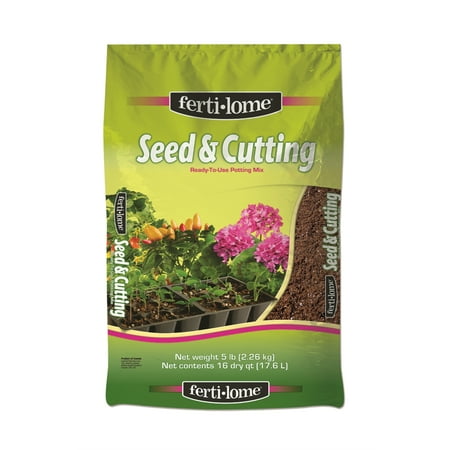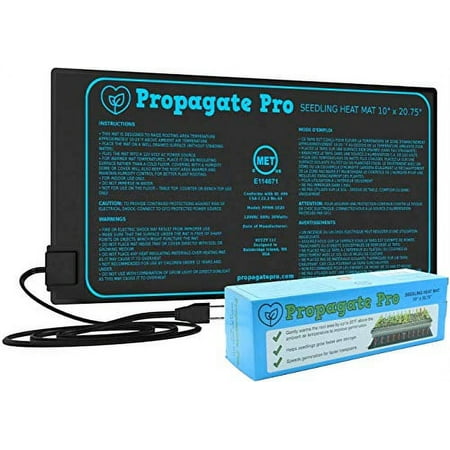How to take verbena cuttings – professional advice for successful plant propagation
Taking cuttings will bolster your collection of flowering perennials for years to come
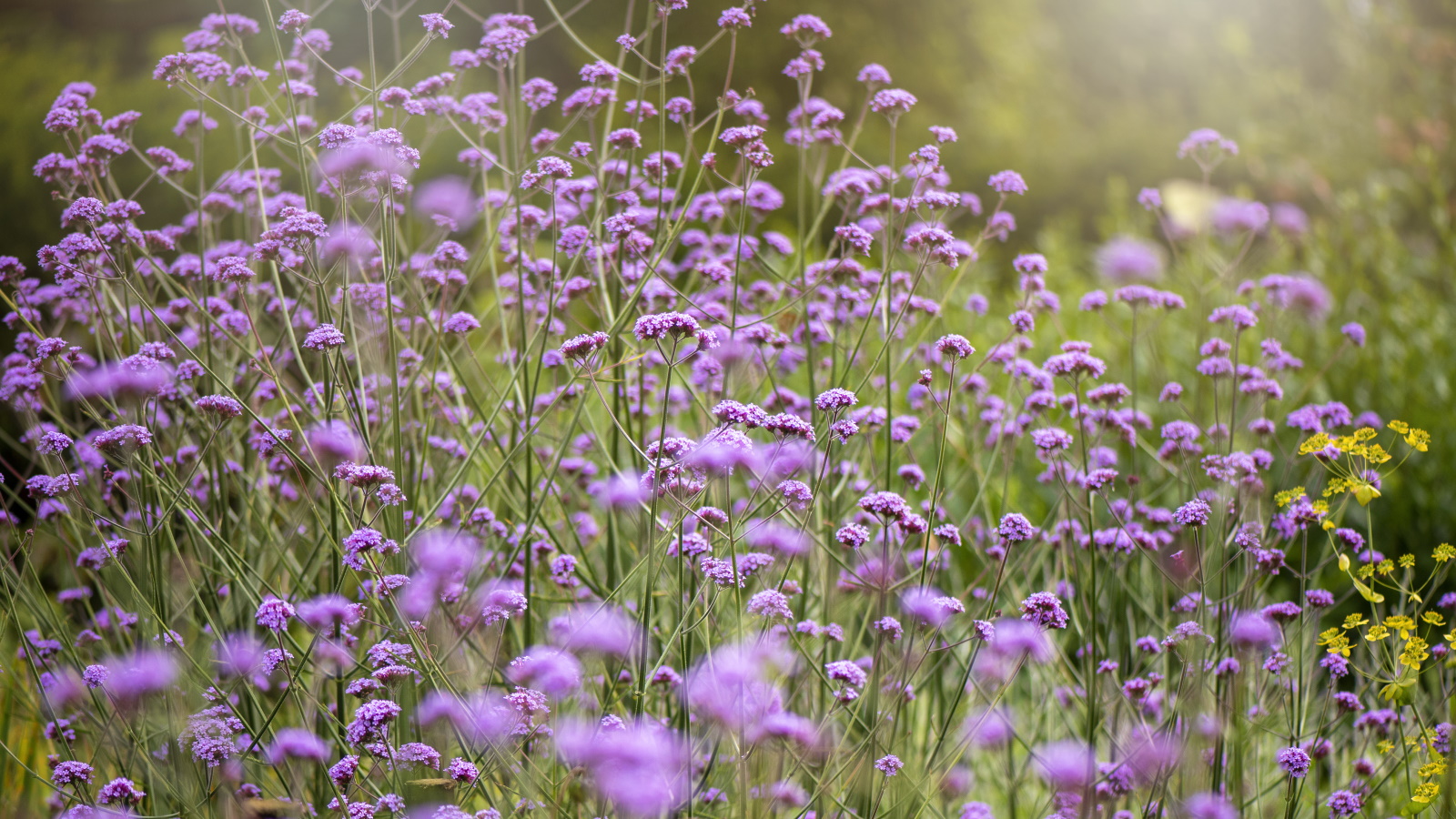

Verbena are herbaceous and ornamental plants that are popular worldwide. These long-flowering plants add vibrant pops of color to backyards and are a reliable addition to border and container displays. True to their easy-to-grow reputation, verbena plants are easy to propagate during spring and summer. Taking cuttings is a no-brainer - just think, a small amount of effort spent propagating this year will mean free, bonus plants next year.
When considering how to grow verbena, these hardy plants are tough and reliable. There are around 200 annual and perennial species of verbena grown worldwide, and most do best in US hardiness zones 8 - 11. Two familiar perennial species include the native blue vervain, Verbena hatata, found growing in prairies and grasslands across the United States, and Verbena bonariensis, native to South America, popular for its long-lasting purple blooms, as seen in the image above.
Both of these plants and most other perennial verbena species are suitable for taking cuttings. While this process is relatively simple, there are a few crucial elements to get right that will guarantee propagation success. As a gardener, I have propagated many plants from cuttings over my professional career, and here I share all I know about how to take verbena cuttings.
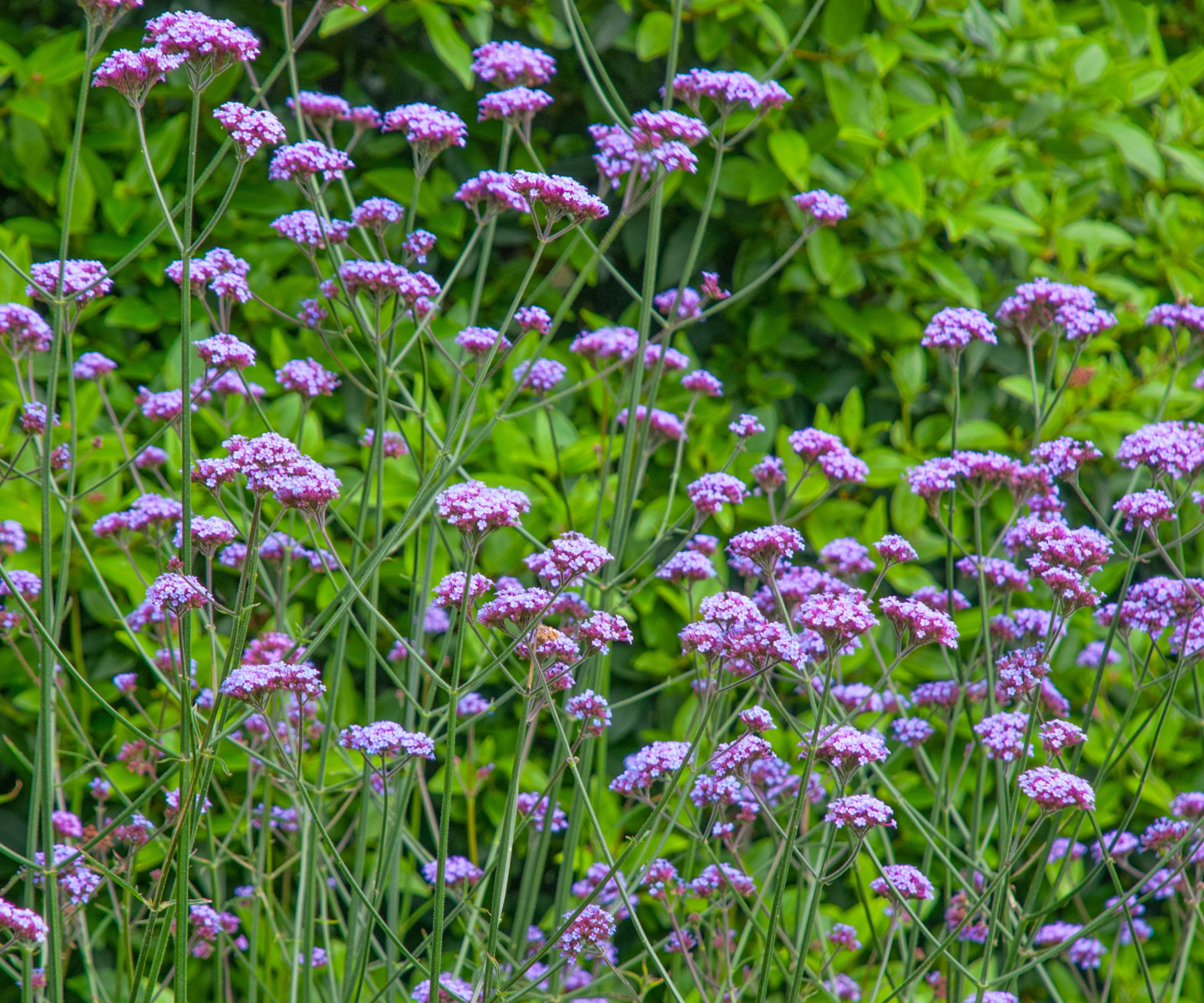
Growing advice for verbena cuttings
Learning how to take plant cuttings might seem daunting, but once you know a few basic rules, it is actually a simple, straightforward, and fun gardening activity. You can grow verbena from seed or take plant cuttings in the spring and summer, both of which will produce new plants. For an exact genetic copy of the parent plant, however, you should grow verbena from cuttings, as seeds might appear different from the original plant due to cross-pollination.
When to take verbana cuttings
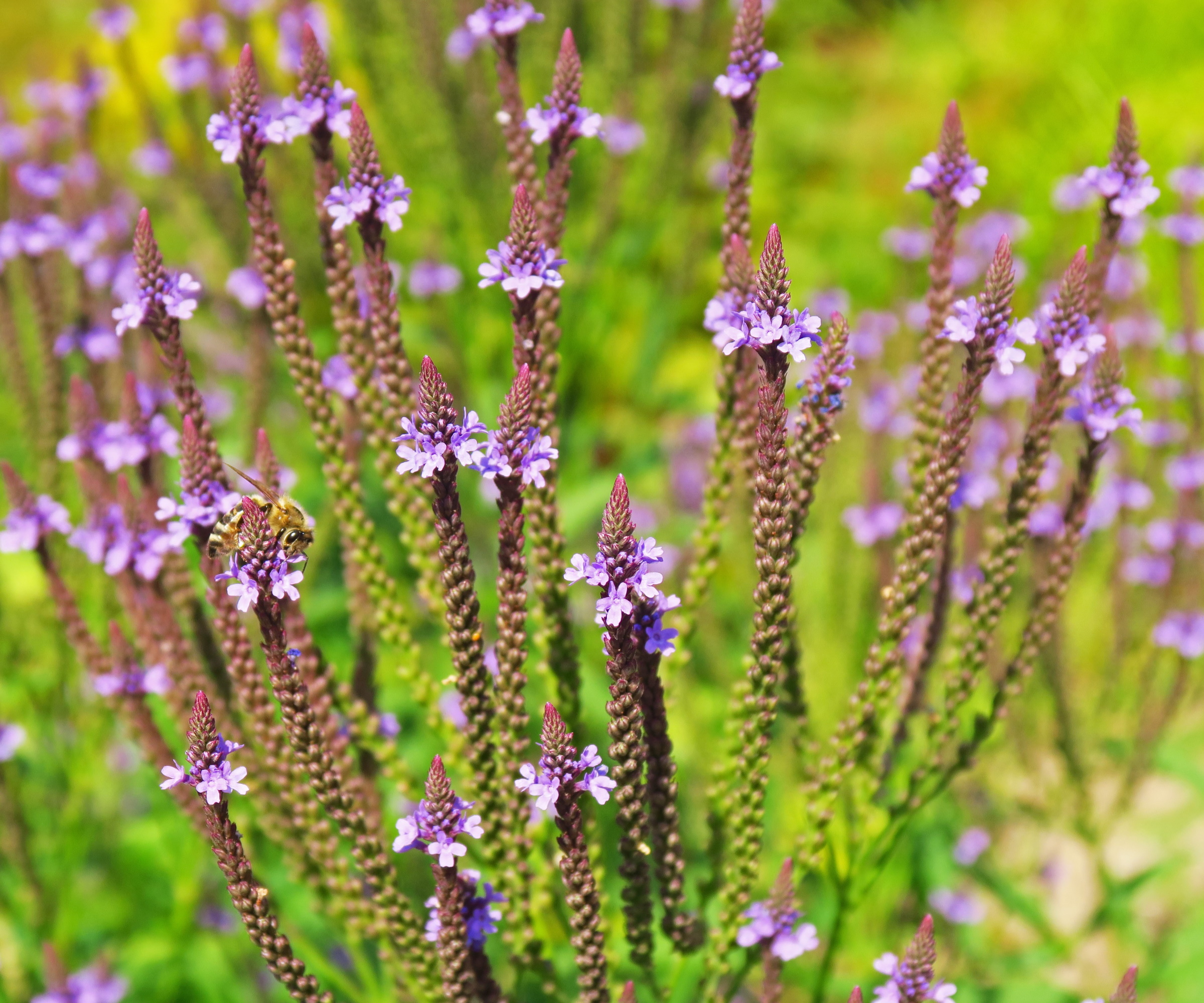
Typically, the best time to take verbena cuttings is either spring or summer. Spring cuttings, taken in May or early June, have a good chance of success and are highly likely to root quickly. Summer cuttings, taken in August, might root slightly slower than those taken earlier in the year but should root before the end of the season.
'Verbenas are the ideal perennial, proving to be low-maintenance and high-impact wherever they are grown,' says Ali McEnhill, plant expert and owner of the Old Dairy Nursery in the Hudson Valley.
The native Verbena hastata, common name blue vervain is one species that is ideal for cuttings. Ali continues: 'For native plants for pollinators that are easy to grow, blue vervain is the obvious choice. Whether grown from seed or cuttings, this species is a real winner, thriving in cool regions, such as US hardiness zone 5, and tolerating frozen winters and hot summers.'
Design expertise in your inbox – from inspiring decorating ideas and beautiful celebrity homes to practical gardening advice and shopping round-ups.
Whatever species you grow, most verbena plants can be propagated from cuttings with a high chance of success. 'Timing is critical,' says Ali, 'and cuttings must be taken during the growing season.'
It is essential to protect cuttings during their first winter, as they will not survive prolonged cold spells, frost or snow. Cuttings will need a sheltered spot in a cold frame, greenhouse or even on a windowsill indoors.

Ali is a self confessed plant geek, gardener, and propagator, owning and operating a plant nursery on an old dairy farm in New York's beautiful Hudson Valley. Ali focuses on growing hardy perennials, trees, and shrubs that thrive outdoors in the cold climate.
Shop propagation accessories
How to take verbana cuttings
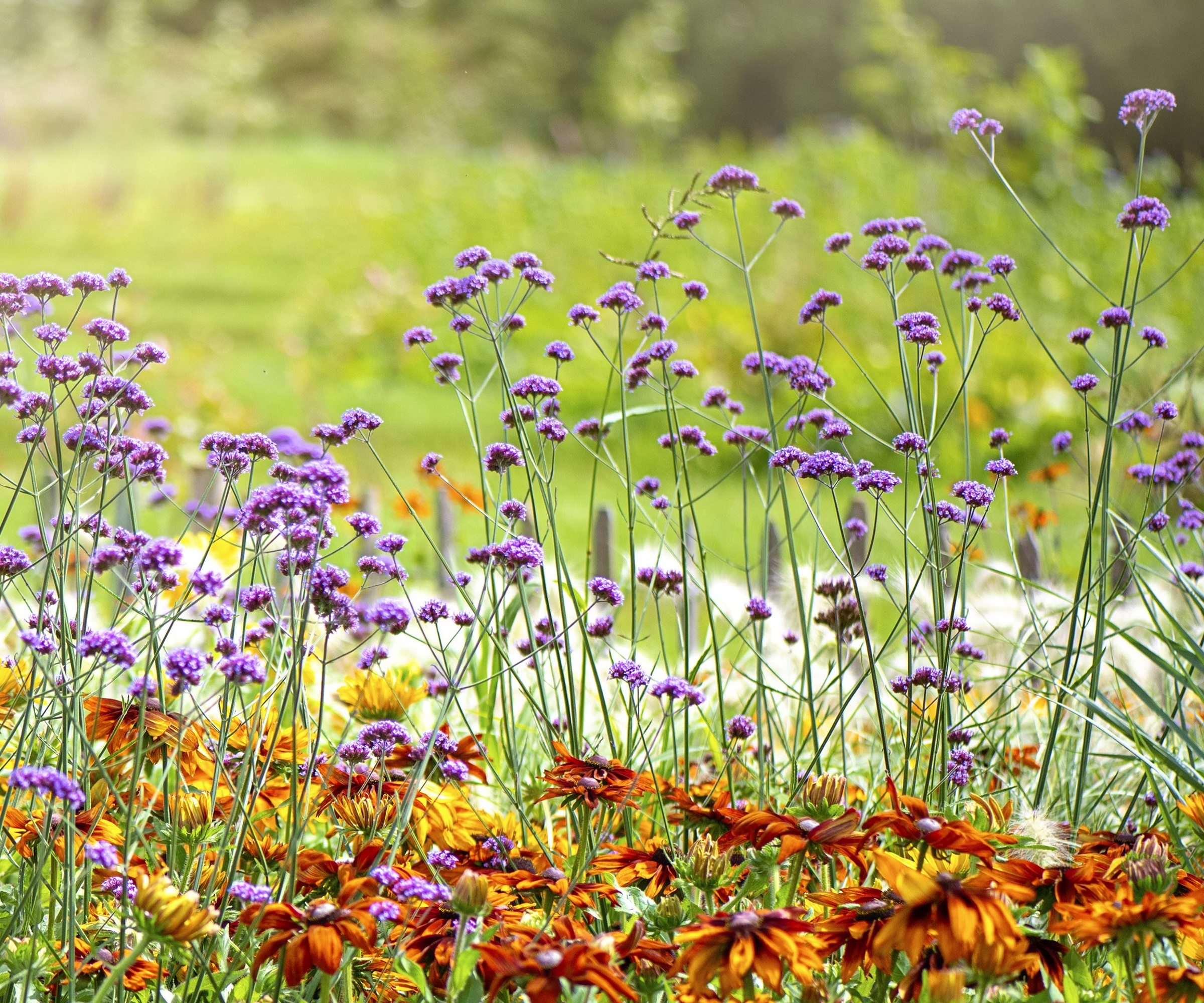
- Firstly, select a healthy verbena plant in your yard with plenty of new growth. Identify half a dozen stems that are green, with foliage growth but preferably without flowers.
- Using clean, sharp tools, like these Felco pruning snips from Amazon, take your cuttings. These stems should be 4 to 6 inches in length, cutting just above a leaf node.
- Strip the stem of any leaves, leaving only 1 or 2 small verbena leaves at the top of each stem.
- Dip the bottom inch of each cutting into rooting hormone powder, available from Amazon. Have a small, shallow pot of water to hand, as this will help to stick the powder to each cutting. Rooting hormone powder is optional, but will increase the chances of success.
- Gently tap your cuttings to remove any excess powder. Then, place your cuttings in a small plastic or terracotta pot. I would suggest using a pot that is 4 to 5 inches in diameter. Use good-quality potting soil combined with a few handfuls of grit or perlite to improve drainage or use soil formulated for seeds and cuttings.
- Carefully water your cuttings, before placing a small, clear plastic bag over the pot to create a mini, makeshift greenhouse.
- Place your pot in a sheltered, warm spot, preferably in a greenhouse. Avoid placing the container in direct sunlight. Using a heated mat can help to speed up the rooting process.
- After 4 to 6 weeks roots will develop. At this point, you can repot each cutting into a small container with fresh potting soil.
- Keep your new cuttings protected from the cold during the fall and winter. In the spring, they will be ready to move outdoors.
FAQs
How quickly do verbena cuttings grow?
Roots should appear in approximately 4 to 6 weeks, but this will depend on the conditions. If you use a heated propagation mat, for example, this can dramatically speed up the process. Cuttings taken this year will flower the following spring and summer.
Should I fertilize verbena cuttings?
I would caution against using any fertilizer until your plants have rooted and are growing. Fresh, good-quality potting soil should have all the nutrients your plants need to establish. Once your cuttings are big enough to be planted out in the yard, you can then apply a balanced fertilizer to encourage foliage and flower production.
Taking verbena cuttings is a quick and fun way to make more annuals and perennials for your yard. Plus verbena is a perfect plant for attracting pollinators, such as butterflies, bees and hummingbirds.

Thomas is a Content Editor within the Gardens Team at Homes and Gardens. He has worked as a professional gardener for both public spaces and private estates, specializing in productive gardening, growing food and flowers. Trained in Horticulture at the Garden Museum, he has written on gardening and garden history for various publications, including The English Garden, Gardens Illustrated, Hortus, The London Gardener and Bloom. He has co-authored a Lonely Planet travel book, The Tree Atlas, due out in 2024.
